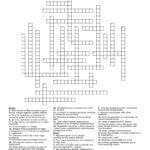At King.us.com, we make it easy for you to find beautifully designed printables for every part of life. From calendars and planners to worksheets, checklists, and creative templates, our goal is to provide simple tools that help you stay organized, save time, and spark creativity.
We believe printables should be more than just pages — they should make daily tasks easier, learning more engaging, and planning more enjoyable. That’s why we carefully design and share a wide variety of resources that are practical, easy to use, and ready to print anytime you need them.
Whether you’re a busy parent, student, teacher, or simply someone who loves staying organized, King.us.com is here to give you high-quality, free and premium printables to fit your lifestyle.
Thank you for visiting and being part of our growing printable-loving community!









